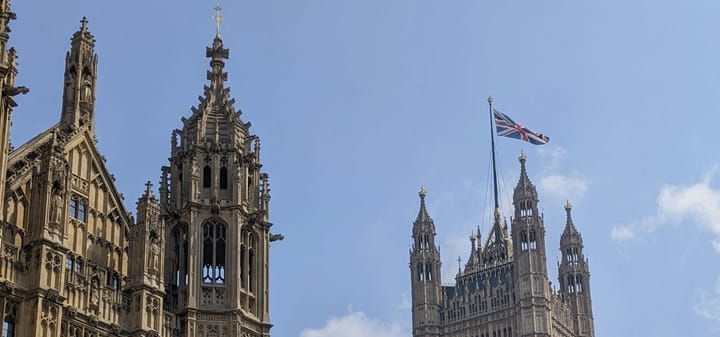Advertising Guide: How to use Reframing to improve communications

This guide is designed to give you the tools you need to improve your messaging on everything climate-related.
After reading this guide you should have a good idea about what frames are, how bad actors use them, and how to fight back by crafting your own powerful climate communications.
Included in this guide:
What are narratives and frames? And how do bad actors utilise them to create powerful climate misinformation?
Constructing frames. Everything you need to make your own convincing climate narratives
Framing for brands and organisations. Three actionable ways to get ahead.


